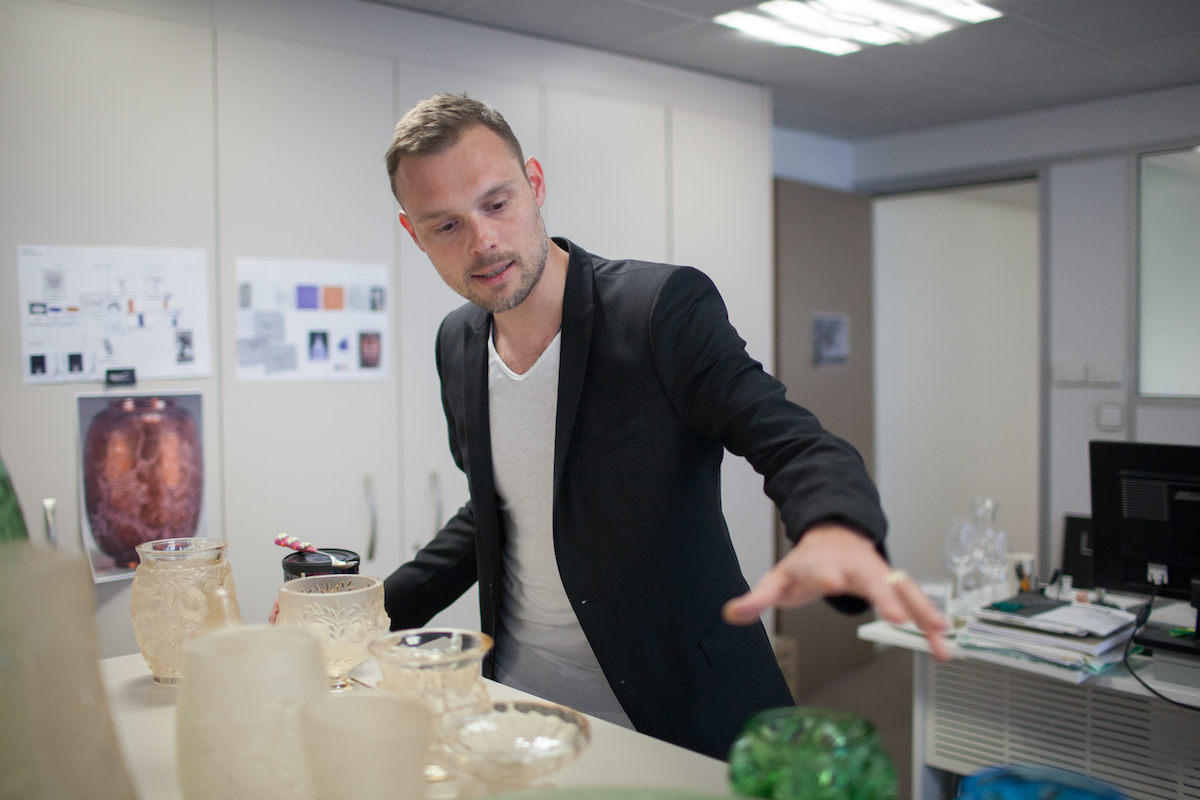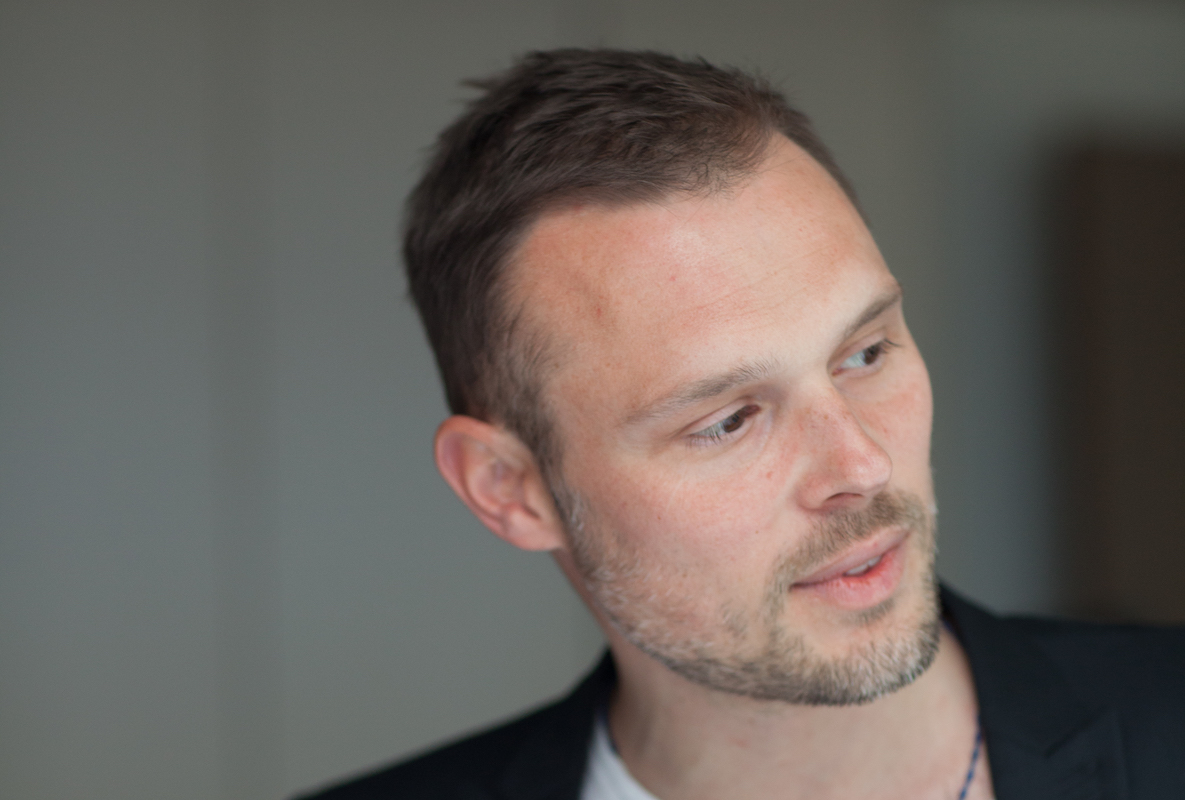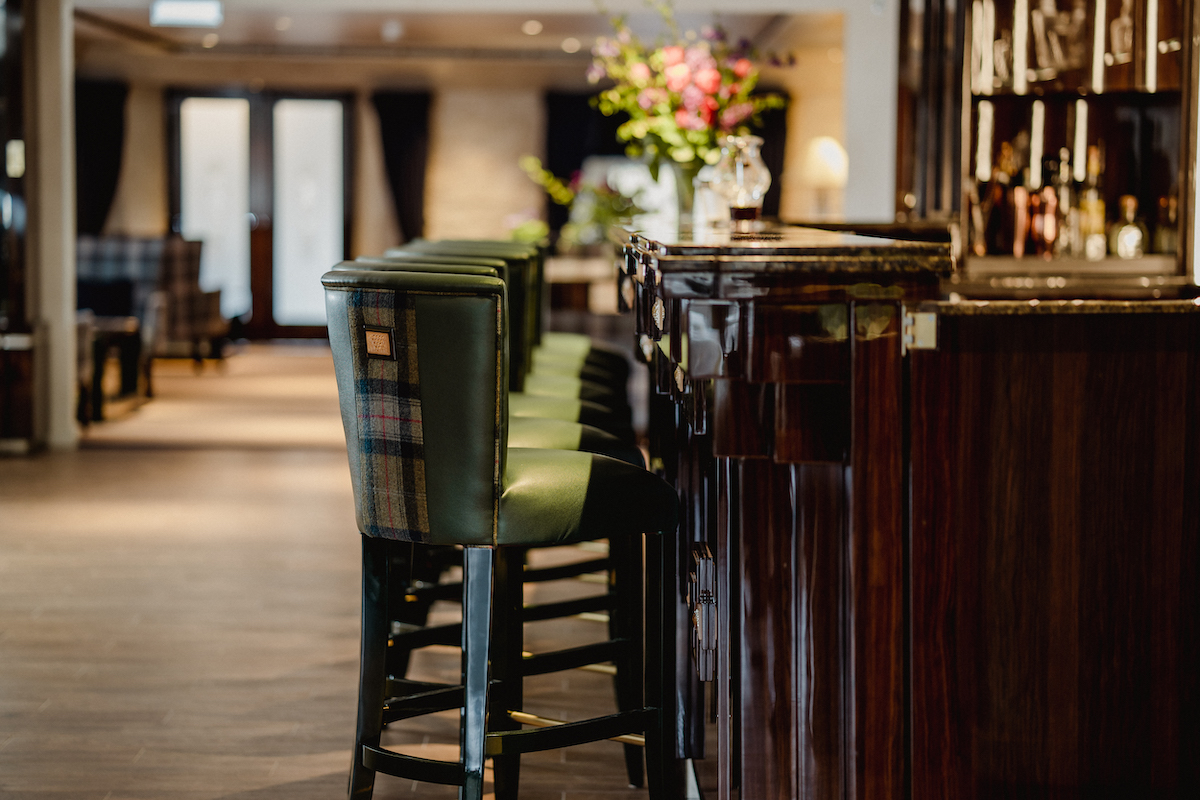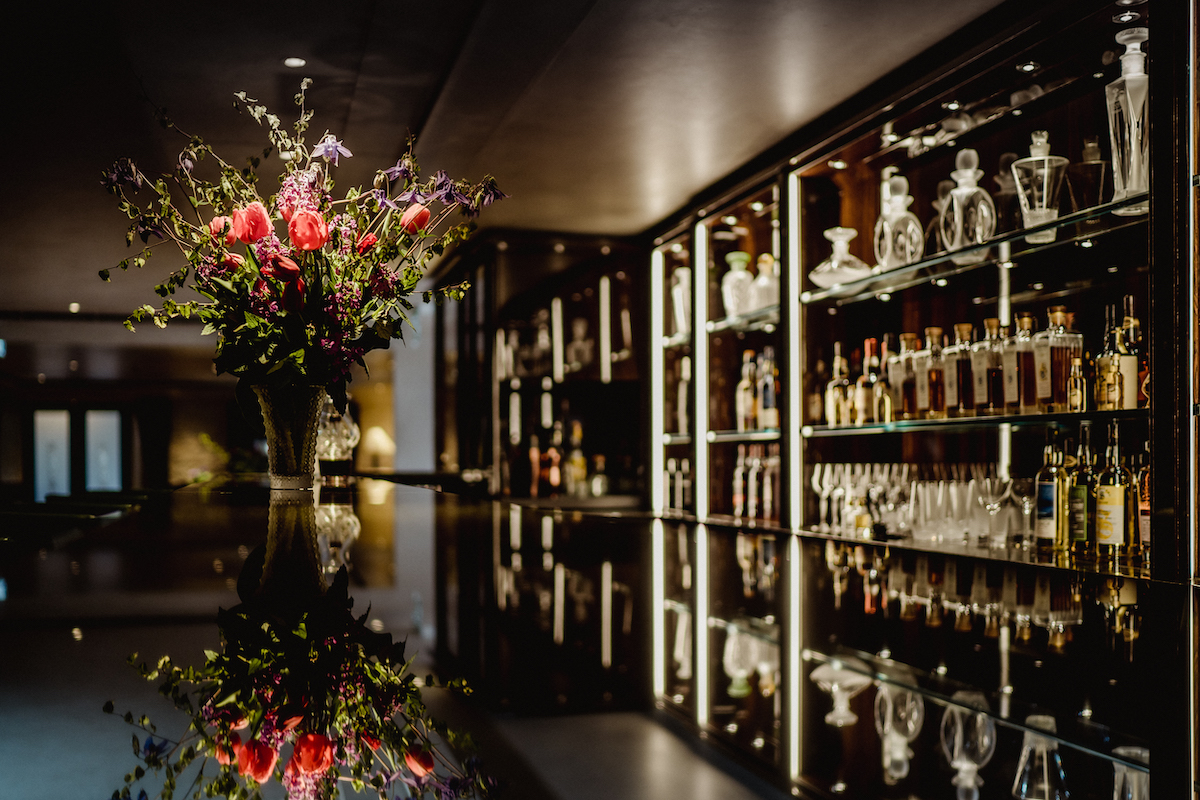This website uses cookies so that we can provide you with the best user experience possible. Cookie information is stored in your browser and performs functions such as recognising you when you return to our website and helping our team to understand which sections of the website you find most interesting and useful.
Gleaming inspiration: Lalique tells Tempus its story
By Lauren Jade Hill | 24 August 2021 | Lifestyle
The glassmaker’s artistic and creative director, Marc Larminaux, shines a light on the story behind this flourishing French heritage brand’s evolving designs

The 1888-founded symbol of French luxury, Lalique has continued to thrive through inspiration and artisanal know-how. Mesmerising collections embody the vision of Lalique and internationally renowned collaborating artists, with designs also making their way into lavish architectural projects, including the opulent interiors of the brand’s own restaurants and hotels: Villa René Lalique and Château Hochberg in Alsace, Château Lafaurie-Peyraguey in Bordeaux and the brand- new Lalique restaurant at The Glenturret distillery in Perthshire, Scotland.
As Lalique’s artistic and creative director, Marc Larminaux leads much of the French glassmaker’s creative direction, from facilitating major artist and designer collaborations to coming up with the brand’s famously opulent designs, blending Lalique’s well-established DNA with modern sensibilities.

“As a designer I’m influenced by my time, so instinctively that has an impact on the way I draw, but with a brand like Lalique it’s important to keep a strong connection with the history and brand DNA,” says Larminaux.
“Some concepts are very strong to Lalique. Nature is important and so is contrast and mystery. There’s a lot of poetry in Lalique’s work and there’s a lot of sensuality. All of these are strong markers for the brand, so I always bring them into the creative process.”
Lalique recently revealed its spring/summer 2021 collections, which include the new Gaïa by Lalique collection of decorative objects paying homage to mother Earth; new jewellery designs delivering a masterful interpretation of the peacock; the Still Water range of crystal horse-head sculptures designed by artist Nic Fiddian-Green; and new lighting designs created in collaboration with the interior designer Pierre Yves-Rochon, enhancing the designer’s existing Lalique creations.

“For the new Gaïa collection, I wanted to take the audience on a walk through the French countryside — a walk into the vineyards of the South of France and the bushes of Normandy,” he says. “I wanted to freeze the feeling that you’d have walking around in the early morning when you can see the birds feeding on the grapes and the density and richness of what nature can offer. This idea was the starting point for that collection, then I played with the contrast between frosted and clear glass and the contrast between shapes and rich motifs.
“I’m very happy with the Nic Fiddian-Green collection,” he adds. “It fits in so well with the brand story and the result is absolutely stunning. This horse head makes you dream. It’s beautiful.”
To show this collection off in a virtual setting, Lalique created a virtual Greek architecture-inspired home called the Dream Palace (dreampalace.lalique.com) with objects from the new collections featured throughout each room.

HERITAGE AND ARTISANSHIP
Lalique’s identity is built around its historic legacy, going back to when it first took root according to the vision of founder René Lalique.
“René Lalique had a very new philosophy for his time in the way he approached design,” says Larminaux. “He started by designing jewellery. If you look at high jewellery of that time the idea was to find and illustrate best the material, like a diamond or ruby. René had the opposite approach. The focus was on his drawings first, then he would look at what materials best suited these drawings. He started using not only gems but other kinds of materials like enamel. He wanted to create beautiful items that weren’t particularly expensive. His idea was to create beauty for everyone.”
Since that point, the focus of all of Lalique’s designs has been on the original drawing and the translation of that vision into an object. He later began designing perfume bottles, which was his first step into glasswork. From there he came to only work in glass and in 1921 open the factory that exists to this day in Alsace. “René Lalique only used glass — he didn’t work on crystal. It was his son, Marc Lalique, who introduced crystal. Marc was more into instilling a luxury philosophy. He wanted to really push the brand into this area, using a more noble material.”

“Knowing that history, I try to have the same approach, working with crystal, in concentrating on my drawing and trying to translate that drawing in the best way I can, playing with the knowledge of the glassmakers to finalise a piece that is the perfect projection of what I am trying to imagine,” he continues. “René Lalique was a genius in composition. He would play with volumes and fill empty spaces in the perfect balance. I now combine this process with contemporary shapes and colours and a contemporary way of working with the material. I combine the modern influences I have with the markers that are very strong to the brand.”
“If you look at different crystal makers, each one has its own signature,” he says. “One of the main signatures for Lalique is the frosting and polishing surface treatment of the crystal. Another is a very specific piece of know-how that people never see: the mould-making. Every single volume, down to the smallest detail like a blackberry, is designed in a way that it can open in the mould. To achieve this, you have very complex moulds with different parts opening from one side to the other — each one is a piece of engineering. Then there’s the cutting and crystal sculpting.”
Another factor distinguishing Lalique’s work today is its portfolio of artist collaborations. For Larminaux, highlights from these collaborations include the work of late architect Zaha Hadid and eminent artist Damien Hirst.

“Zaha Hadid’s collection was so modern but also so closely linked to the Lalique DNA, representing the markers of nature, history, poetry and sensuality in a very contemporary way. You have the curves; you have the nature; you have everything. It was a perfect match for Lalique and also extremely challenging, taking many months to get to a drawing that could be produced.
“Damien Hirst’s collection was also very impressive. His work has a more provocative approach, which I think is something René Lalique had. [René] was quite provocative for his time and we got this back with Damien Hirst’s work.”
Further to the brand’s seasonal colleLauren Jade Hillctions, Lalique crystal regularly finds its way into luxury interiors, with recent projects including the creation of decorative elements for Silversea’s new cruise ship, Silver Moon. This July then saw the debut of the Glenturret Lalique restaurant, a fine dining experience located in the heart of Scotland’s oldest working distillery with handcrafted Lalique bar housing Scotland’s finest whiskies.
Fusing artisanship and French joie de vivre with modernity, Lalique is a heritage brand that knows how to stay artistically relevant.







